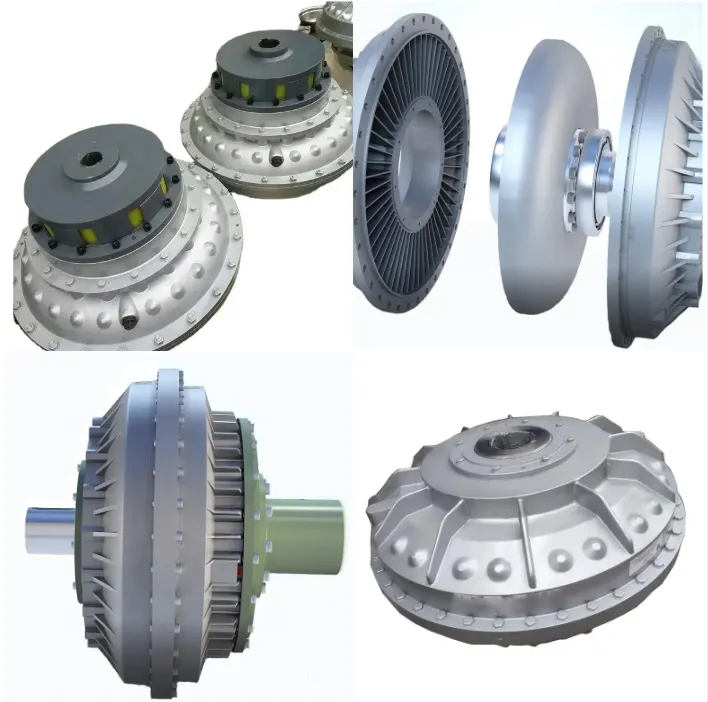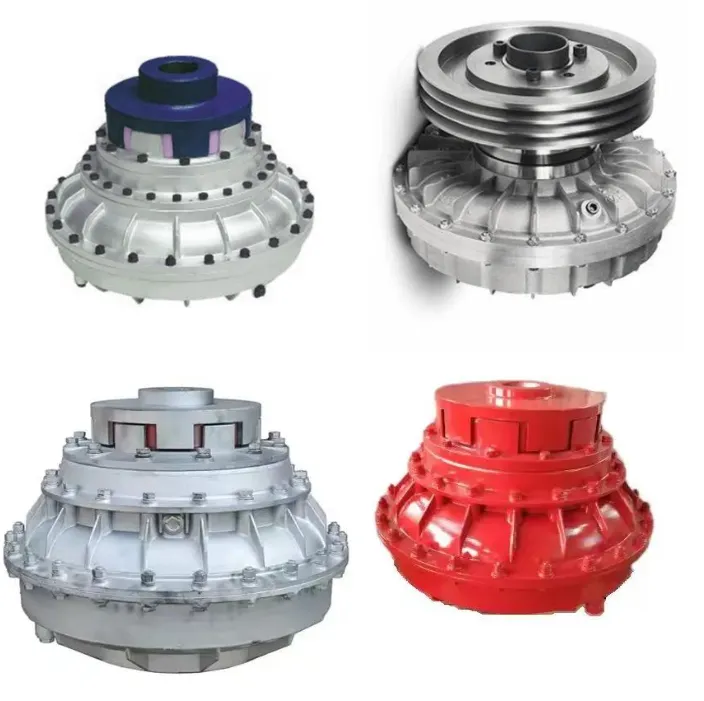Introducing Oil Coupling for Electric Rutabaga Harvesters
Five Points to Consider:
- Efficient Power Transmission: Oil couplings are designed to efficiently transfer rotational motion and torque between disconnected shafts, ensuring smooth operation of machinery.
- Misalignment Accommodation: These couplings can accommodate misalignment between shafts, reducing wear and tear on equipment and increasing overall efficiency.
- Enhanced Durability: Oil couplings are known for their durability and ability to withstand heavy loads and harsh operating conditions, making them ideal for electric rutabaga harvesters.
- Easy Maintenance: These couplings require minimal maintenance and are easy to install, reducing downtime and increasing productivity in agricultural operations.
- Cost-Effective Solution: Oil couplings offer a cost-effective solution for power transmission needs in electric rutabaga harvesters, providing long-term reliability and performance.
Introduction to Oil Couplings
Definition:
An oil coupling is a mechanical device designed to transfer rotational motion and torque between two disconnected shafts while accommodating misalignment. It consists of a driving unit, driven unit, and a hydraulic fluid chamber.
Purpose:
The primary function of oil couplings is to facilitate the smooth transfer of power between shafts by using hydraulic fluid to transmit rotational energy. This ensures efficient operation of machinery and reduces wear on components.
Types of Oil Couplings
Construction Details: Fluid/Gear/Hydraulic
Fluid couplings utilize hydraulic fluid to transfer power, gear couplings use interlocking teeth for torque transmission, and hydraulic couplings rely on hydraulic pressure for power transfer. Each type has unique features and applications based on specific industrial needs.
Advantages and Disadvantages
Fluid couplings offer smooth power transmission but may have limited torque capabilities. Gear couplings provide high torque capacity but can be noisy in operation. Hydraulic couplings offer variable speed control but require maintenance.
Components and Design
Main Components
The primary components of an oil coupling include the driving unit, driven unit, and the hydraulic fluid chamber. These components work together to transmit power efficiently between shafts.
Working Mechanism
Oil couplings operate by using hydraulic fluid to transmit power from the driving unit to the driven unit. The fluid chamber accommodates misalignment between shafts, ensuring smooth power transfer and reducing wear on equipment.
About HZPT

Established in 2006, HZPT is a leading manufacturer and exporter of couplings with 16 years of design and R&D experience. Our company focuses on customer satisfaction and product quality, offering a wide range of couplings for various industrial applications. With CE and TUV certifications, we ensure the highest standards of quality in our products. Our commitment to customization, quality, and competitive pricing has made us a trusted supplier for customers in Europe and the United States. Contact us for all your coupling needs and experience the difference with HZPT.

